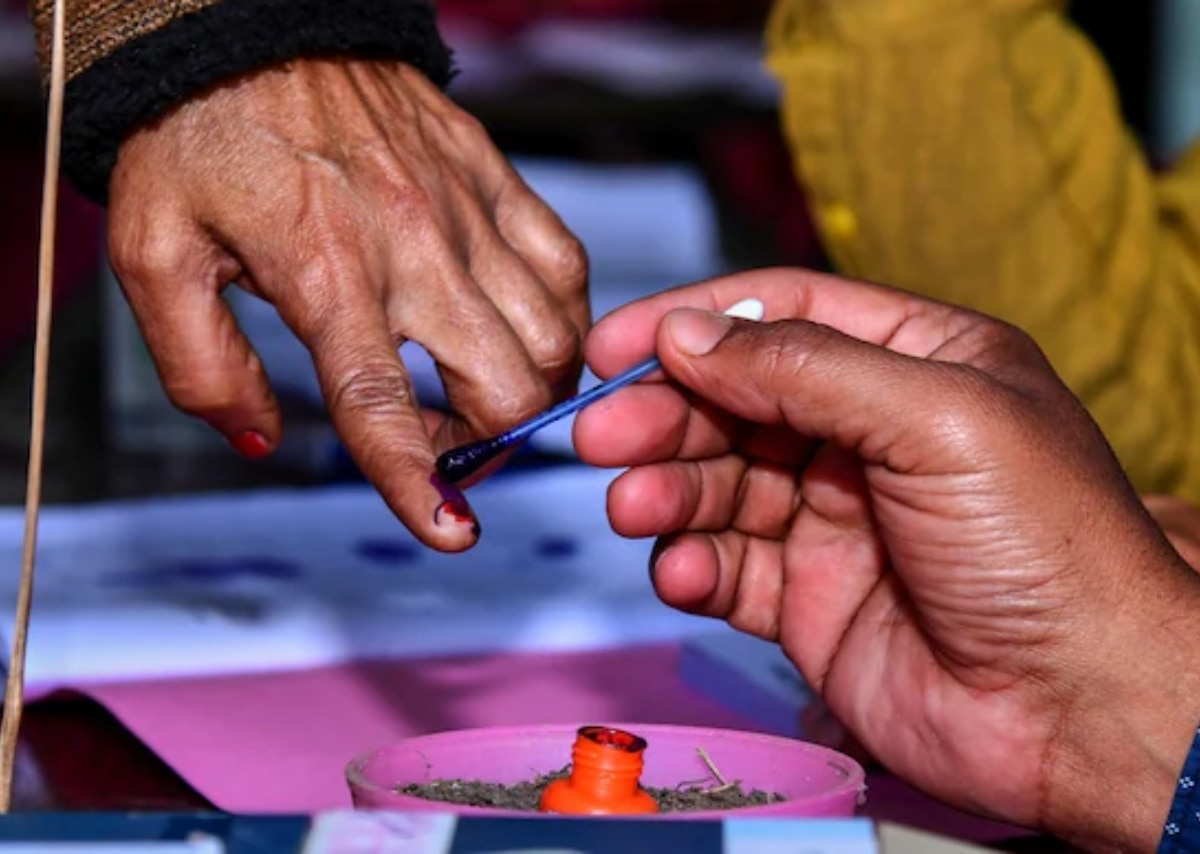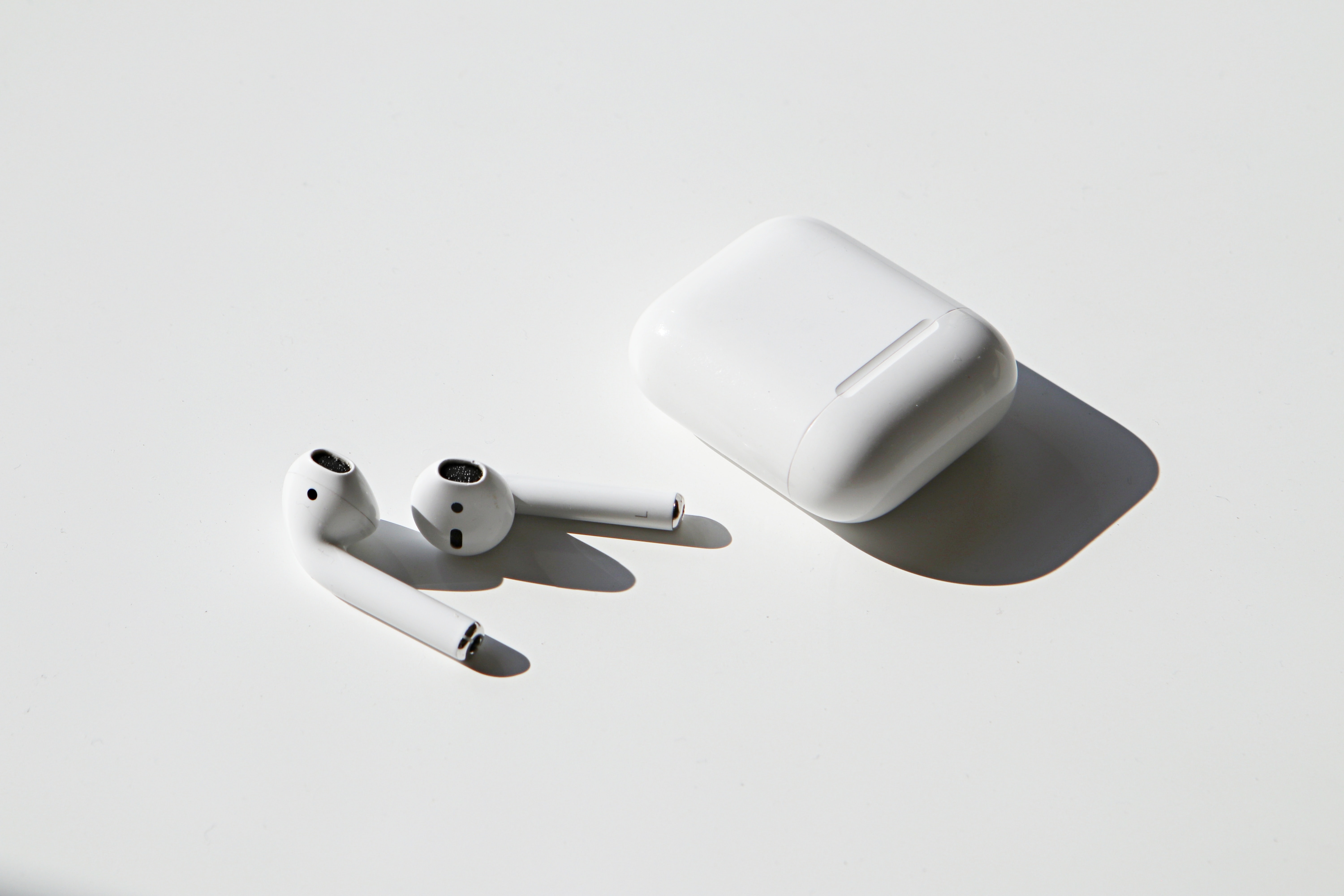The first round of voting, held on June 28, saw none of the initial candidates securing the required majority of over 50 per cent of the vote.
Tehran: In a significant development Iran is heading towards a second round of general elections on Friday, following an initial vote that failed to produce a decisive winner amidst unprecedented voter apathy, CNN reported. The general election in Iran was triggered by the tragic death of former President Ebrahim Raisi in a helicopter crash on May 19, which also claimed the lives of Foreign Minister Hossein Amir-Abdollahian and other officials. With a sense of urgency, three conservative candidates and a single reformist contender entered the race for Iran’s highest elected office.
However, the electoral field was significantly narrowed by the powerful Guardian Council, which barred numerous candidates from standing, citing various reasons that ranged from insufficient allegiance to the Islamic Republic’s ideals to a lack of qualifications, according to CNN.
The first round of voting, held on June 28, saw none of the initial candidates securing the required majority of over 50 per cent of the vote. Instead, the race boiled down to two prominent figures: reformist lawmaker Masoud Pezeshkian and ultraconservative former nuclear negotiator Saeed Jalili. Pezeshkian emerged with a slight lead of 3.9 percentage points over Jalili, garnering 42.5 per cent of the votes compared to Jalili’s 38.6 per cent, according to the state news agency IRNA.
Despite the high stakes and contrasting ideologies represented by Pezeshkian and Jalili, the election was overshadowed by the lowest voter turnout in Iran’s history since the establishment of the Islamic Republic in 1979. Out of an eligible 60 million voters, only 24 million cast their ballots, resulting in a dismal 40 per cent turnout.
This significant drop in participation underscored widespread disillusionment and discontent among Iranians towards the ruling clerical establishment, despite Supreme Leader Ayatollah Ali Khamenei’s call for “maximum participation” to bolster the Islamic Republic against external pressures.
Trita Parsi, a prominent Iran analyst based in Washington, remarked on the unprecedented low turnout, noting that it reflected deep-seated dissatisfaction not only among reformists but also within conservative circles, including members of the elite Islamic Revolutionary Guard Corps (IRGC), which has historically been a bastion of support for hardline policies.
In the lead-up to the second round of voting, critical shifts in political alliances have come to the forefront. Analysts have observed a notable split among conservatives, with some factions pivoting their support towards Pezeshkian, despite initial endorsements for other conservative candidates like Mohammad Bagher Ghalibaf in the first round, as reported by CNN.
This shift suggests internal divisions and discontentment with the status quo among conservatives, who are crucial in determining the outcome of the election.
Among those expressing support for Pezeshkian is Sardar Mohsen Rashid, a founding member of the IRGC, who publicly endorsed the reformist candidate and condemned what he termed “cowardly attacks” against him. The unexpected endorsement from figures like Rashid, as well as from Sami Nazari Tarkarani, who led Ghalibaf’s electoral campaign, underscores the complexity of alliances and the fluidity of political dynamics in Iran.
(With Inputs From ANI)




